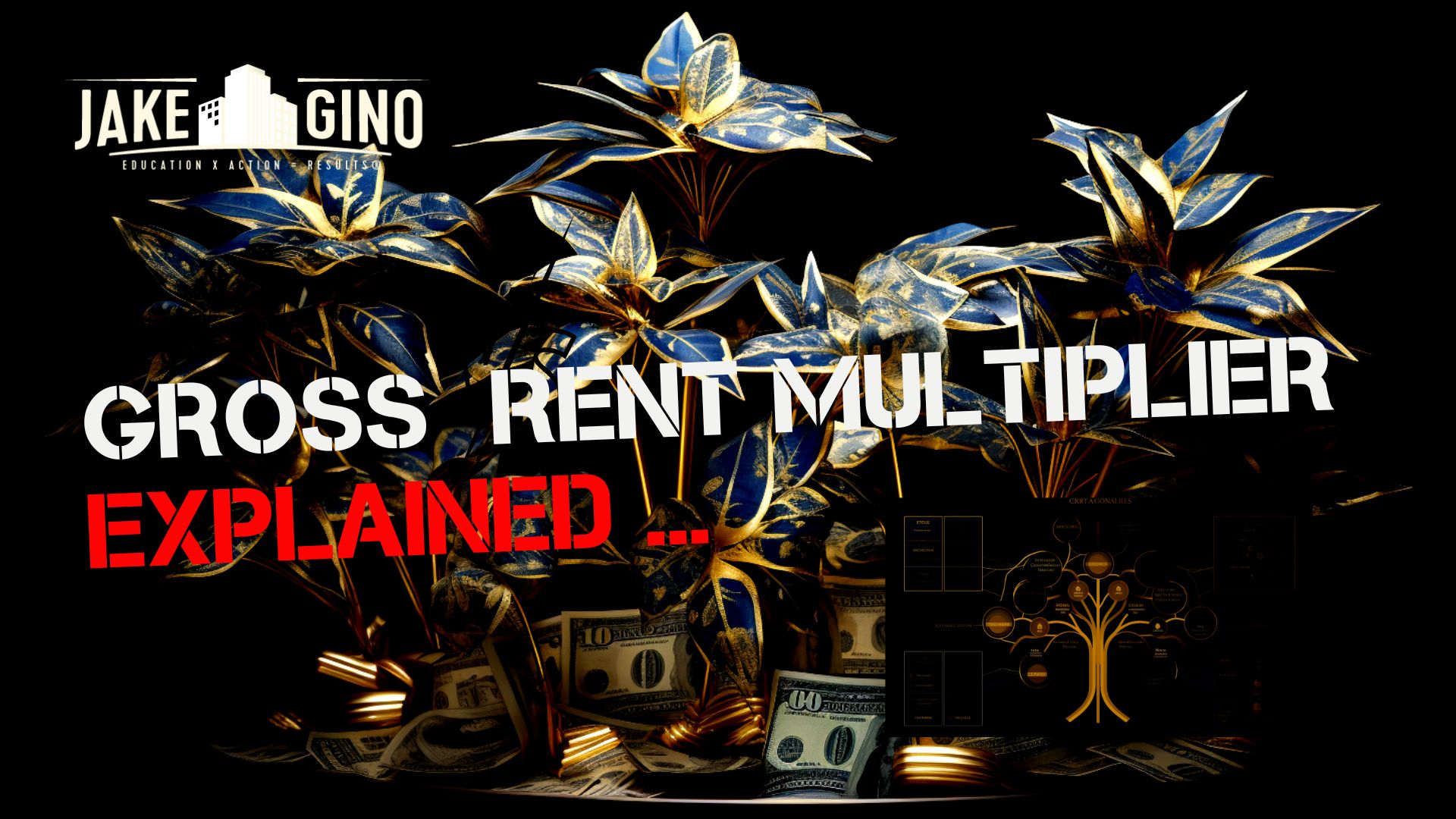
What is a good GRM in Multifamily? What’s the difference between GRM and Cap Rate?
The Gross Rent Multiplier (GRM) is another important financial metric used in real estate, including multifamily properties. It is a ratio that helps investors assess the property’s value in relation to its rental income potential. The GRM is calculated by dividing the property’s purchase price or market value by its gross rental income.
**GRM = Property Purchase Price or Market Value / Gross Rental Income**
A “good” GRM in multifamily real estate can vary depending on the specific market and location. Generally, a lower GRM is considered more favorable, as it indicates that the property is priced relatively lower compared to its potential rental income. A lower GRM suggests that an investor can potentially recoup their investment more quickly through rental income.
Conversely, a higher GRM may indicate that the property is priced higher relative to its rental income potential, which may reduce the potential for higher returns on investment.
However, similar to cap rate, the GRM is just one of many factors to consider when evaluating a multifamily property. It should be used in conjunction with other financial metrics and market analysis to make informed investment decisions.
Keep in mind that a “good” GRM can vary depending on local market conditions, property type, and investor preferences. It’s essential to compare the GRM of the property you’re considering with similar properties in the same market to gain a more accurate perspective on its relative value and investment potential. As with any financial metric, conducting thorough due diligence and understanding the specific dynamics of the market will contribute to making sound investment choices in multifamily real estate.
http://jakeandgino.libsyn.com/what-is-grm-in-multifamily-how-to-with-jake-and-gino
Capitalization Rate (Cap Rate):
The Cap Rate, on the other hand, is a measure of a property’s potential return on investment (ROI) and is calculated by dividing the Net Operating Income (NOI) by the property’s current market value or purchase price.
Cap Rate = Net Operating Income (NOI) / Property Purchase Price or Market Value
The Cap Rate takes into account the property’s operating income (excluding financing and income tax factors) and provides a percentage that represents the expected rate of return on the property if purchased with cash. A higher Cap Rate generally indicates a potentially better return on investment.
The differences between Gross Rent Multiplier (GRM) and Capitalization Rate (Cap Rate):
| Aspect | Gross Rent Multiplier (GRM) | Capitalization Rate (Cap Rate) |
| Focus | Compares property price to gross rental income | Measures return on investment based on NOI |
| Calculation | GRM = Property Price / Gross Rental Income | Cap Rate = Net Operating Income / Property Price |
| Measurement | Expressed as a ratio | Expressed as a percentage |
| Scope | Considers only rental income | Factors in operating income and expenses |
| Operating Expenses | Does not account for operating expenses | Accounts for operating expenses (NOI) |
| Comprehensiveness | Offers a simple view of rental income potential | Provides a comprehensive view of investment ROI |
| Usefulness | Quick initial screening tool for property comparison | Assesses overall return on investment |
| Decision Making | Used for initial property assessment | Used for making informed investment decisions |
| Pros | Quick and straightforward to calculate | Provides a more accurate view of investment performance |
| Cons | Does not consider operating expenses | Requires more data and calculation complexity |
| Focus on Income | Emphasizes gross rental income potential | Focuses on net operating income |
| Decision Criteria | Lower GRM may indicate a potentially better investment opportunity | Higher Cap Rate may suggest a potentially better return on investment |
In summary, the GRM and Cap Rate are both valuable metrics in real estate investment analysis, but they serve different purposes. The GRM focuses on the relationship between property price and rental income, while the Cap Rate provides a comprehensive view of the property’s return on investment after considering operating income and expenses. Investors typically use both metrics along with other financial and market data to evaluate potential real estate investments thoroughly.






